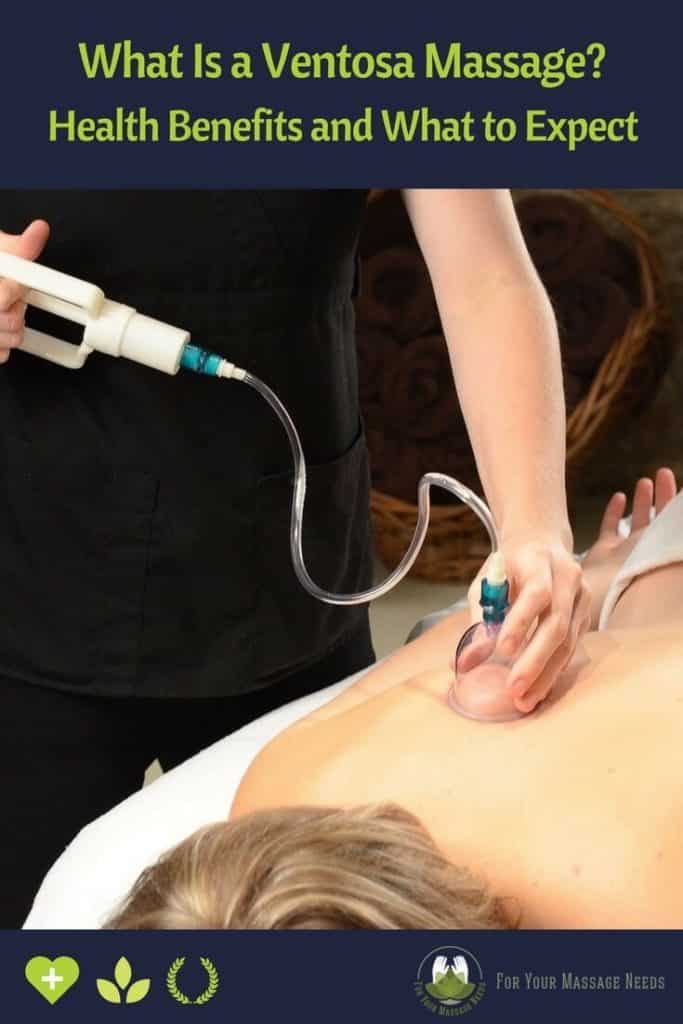Ventosa massage or cupping therapy as it’s also called is a form of alternative medicine used to treat a range of health issues.
So, what is a Ventosa massage exactly? And, is it a form of therapy that can help with the health problems you are having?
I can explain this form of therapy in more detail and hopefully help you answer this question.
As a safety note – You should always consult the advice of a healthcare professional qualified to perform cupping or Ventosa massages before going ahead.
Contents
What Is a Ventosa Massage?
Although Ventosa massage has been in the media spotlight more in recent years due to some high profile athletes brandishing the telltale cupping marks on their skin, it dates back hundreds of years.
There are a few types of Ventosa massage. The main two are:
- Dry cupping
- Wet cupping
Both methods involve using plastic or glass cups. For the traditional method the therapist uses a flammable substance in the cup, and as the fire is going out they place the cup on your skin.
This creates a vacuum as the air inside the cup cools down. This, in turn, makes the blood vessels expand in the skin covered by the cup.
There are some modern cups that have a rubber pump that does the same thing. But in my opinion, the traditional method with the flame brings a little extra to the process.
The reasons why a therapist might recommend cupping into help relieve pain, treat skin conditions, improve mobility, help rehabilitate injuries, treat blood disorders, relieve headaches, as well as some mental conditions such as anxiety, stress, and so on.
Benefits of a Ventosa Massage
The health and wellness benefits of having a Ventosa massage, or cupping therapy session, include:
- Treating skin conditions such as acne and eczema.
- Helping to lower high blood pressure.
- Treating anxiety and depression.
- Congestion caused by sinusitis, allergies, and asthma.
- Varicose veins.
- Treating blood disorders such as hemophilia and anemia.
- Helping rehabilitate injuries such as torn muscles, tendons, and sporting strains.
- Relieving headaches and migraines.
- Relieving pain from rheumatic diseases such as fibromyalgia and arthritis.
Side Effects and Risks of Ventosa Massage
Because there is heat and suction being used on areas of your skin it’s normal to have purple or red circles after treatment.
These can last a day or so for most people, but for some, they will take several days to fade.
The only real side effects and risks are the discomfort during the process and the possibility of being burnt or catching a skin infection.
The risks are minimal when being treated by a qualified professional however. And the discomfort is mild.
Can I Take a Bath After Ventosa?
It’s best if you do not take a bath after Ventosa treatment, or a shower.
Not only will the skin that has been cupped be tender afterwards, the pores will be open for a few hours so it’s important to keep exterior pathogens to a minimum.
I recommend leaving it at least 24 hours before having a bath or a shower. This gives your skin time to heal and it will not feel as tender.
If you really need to clean the area that was treated, a quick wipe with a damp sponge should do.
Should I Have a Ventosa Massage?
If you have any of the ailments or health issues listed above then it’s something you should look into.
I would definitely speak to a cupping therapist and ask them what their opinions are. See what course of treatment they recommend and how optimistic they are that a Ventosa massage can help.
For more information on cupping and Ventosa massage I have some other posts I recommend checking out:
Should I Shower After Cupping?

I’m a MA, (CMT) Certified Massage Therapist, Licensed Massage Therapist (LMT), and Reiki Master — I’m a licensed massage therapist with over 10 years of experience in the industry.

